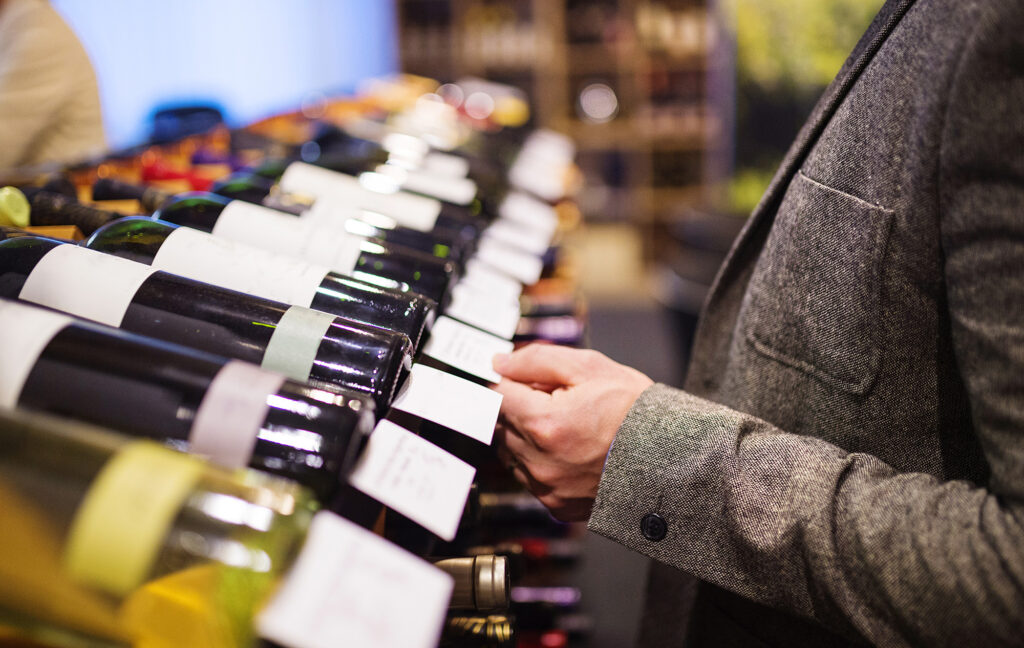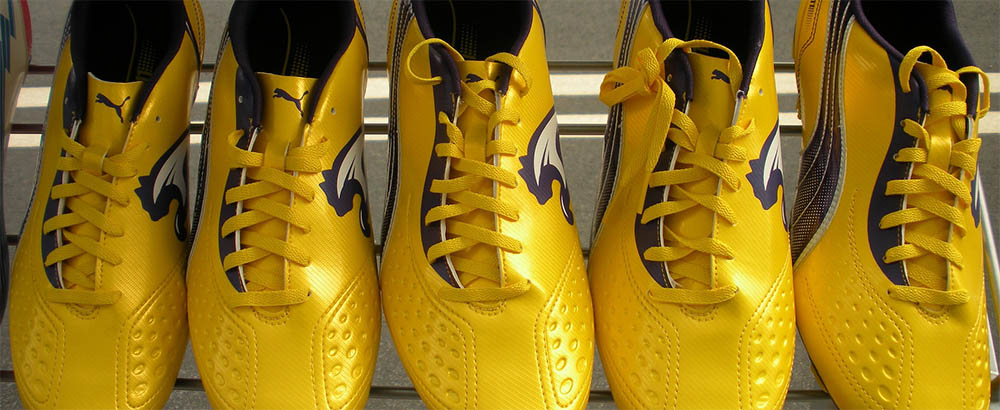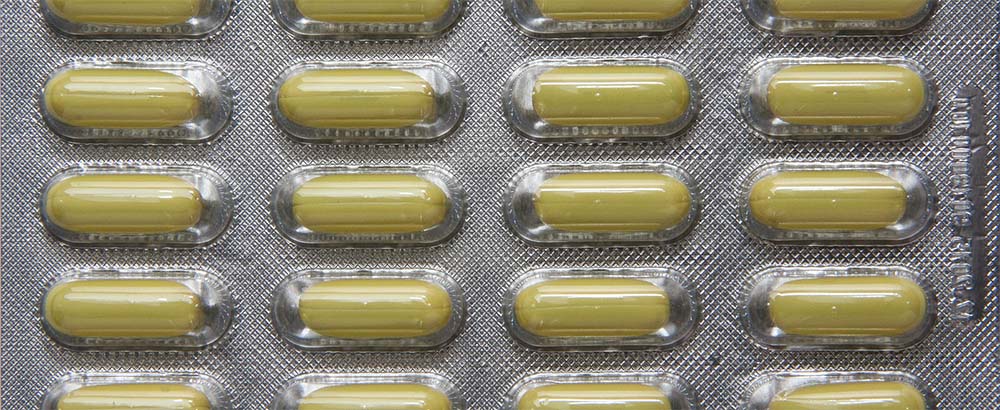Protecting Americans from Counterfeit and Unsafe Imports
Each day, $11 billion worth of international trade crosses through 328 U.S. ports of entry by air, land, and sea. The US Customs and Border Protection (CBP) is on the frontline of Intellectual Property Rights (IPR) enforcement, partnering with industry, other federal agencies to fight cross-border trade of harmful and dangerous illicit goods. The CBP, in partnership with U.S. Immigration and Customs Enforcement (ICE), made 34,143 seizures of shipments with violations of IPR (an increase of 8 percent in FY2017) worth an estimated MSRP of more than $1.2 billion. (1)
The continual growth of imported counterfeit goods in the US highlights the size and significance of the challenges confronting border protection agencies worldwide in combating the trade of counterfeit and unsafe goods. However, despite their efforts border protection agencies are only capturing a small percentage of the total counterfeit good trade which poses significant risks and costs to consumers, businesses and economies.
Fake Goods, Real Dangers
The common misconception of counterfeiting is that it is not confined to just fashion, footwear and handbags. Counterfeit goods have also infiltrated other industries including pharmaceuticals, personal care, critical technology components, automotive, aerospace and consumer electronics (2). The risks of counterfeit goods aren’t always obvious to consumers but the health and safety consequences can be severe or even life threatening.
Counterfeiters are motivated by profit and consequently, have little regard for the consumer’s well-being. As a result of their profit motivations, many counterfeit products are low-quality and can contain harmful substances which can cause illness or injuries to unsuspecting consumers.
Economic Costs
Apart from the health and safety dangers, counterfeit goods impose a significant cost to an economy in terms of lost revenue and profit for legitimate companies, job losses and taxes to fund economic growth infrastructure and welfare. The OECD has estimated the global loss of legitimate jobs to be 4.2 – 5.4 million jobs by 2022. (3) Furthermore, counterfeit goods are often produced by organized crime and terrorist syndicates as a means of funding their illegitimate operations. Therefore, purchasing counterfeit goods is not only harming legitimate companies but also supporting criminal activity.
Sources:
[ 1 ] CBP Trade and Travel Fiscal Year 2017 Report
[ 2 ] Fake Goods, Real Dangers – The Truth Behind Counterfeits
https://www.cbp.gov/FakeGoodsRealDangers
[ 3 ] Estimating the global economic and social impacts of counterfeiting and piracy
http://www.worldtrademarkreview.com/Intelligence/Anti-counterfeiting/2017/Introduction/Estimating-the-global-economic-and-social-impacts-of-counterfeiting-and-piracy




